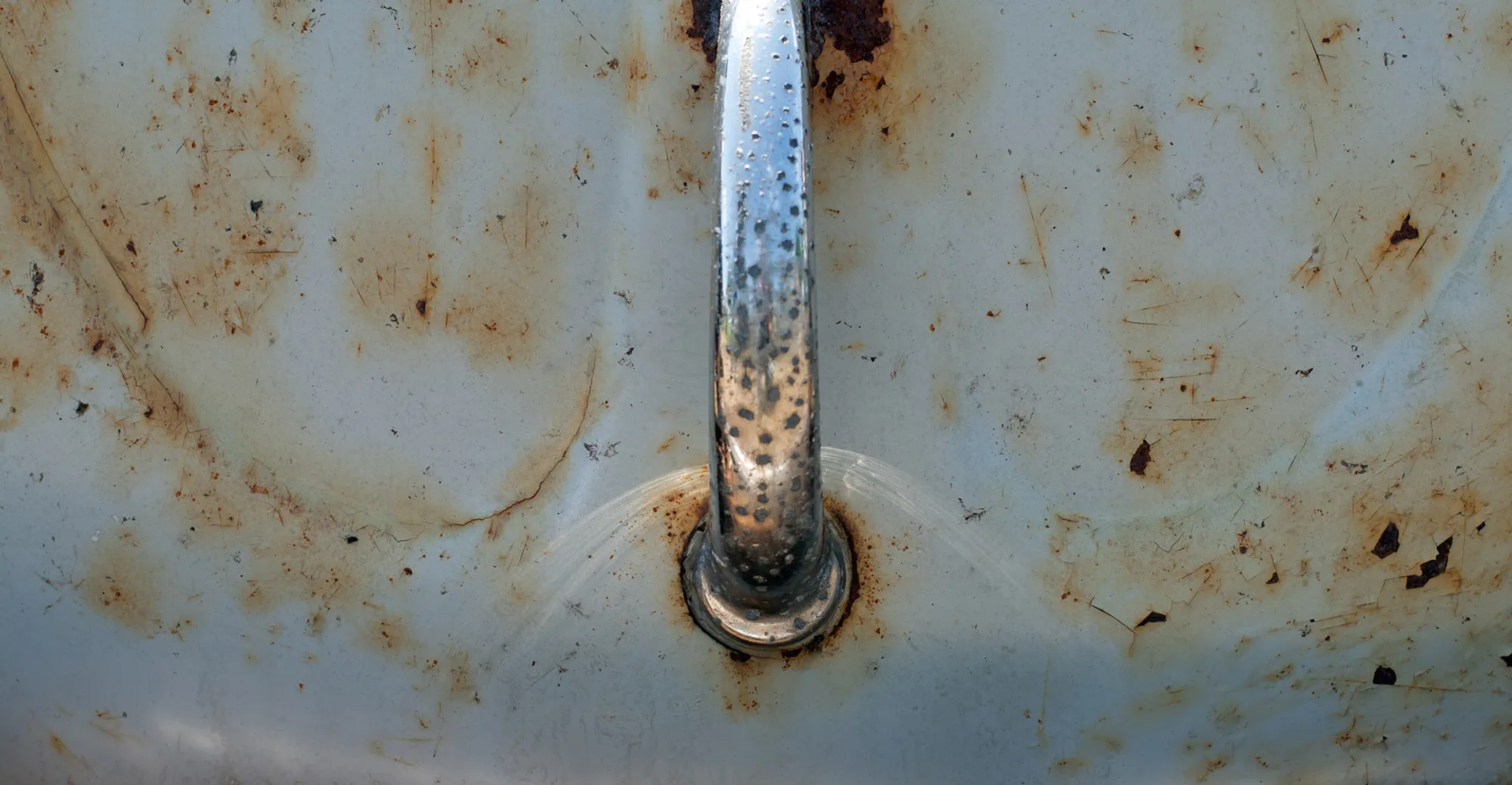
Factors affecting corrosion rate
Factors affecting corrosion rate
Taking corrosion into account when designing HVAC for vessels
– by Jeroen Fijan, 6 June 2016
There are many factors that influence the corrosion of metal. The most important ones – especially in maritime climate technology – are the properties of the material and the characteristics of the environment. As a technician at Heinen & Hopman it is therefore essential to take corrosion into account from the early stages of designing HVAC systems for vessels. For example, we look at the areas in which the vessel will be sailing and the varying (weather) conditions to which the metal may be exposed.
The main influences one has to take into account in using metal are:
- Acids (oxidising and reductive)
- Bases
- Salts (acidic, neutral, basic)
- Gases
- Solvents
Each metal reacts differently to the environment
For example: stainless steel type 304 and type 316 (L) in an increasingly oxidising environment do not combine well with ions from halogens (fluorine, chlorine, bromine & iodine), and these particles may lead to corrosion. This means that you cannot just go ahead and install a stainless steel pipe system without being aware of the environment. In addition, the operating conditions influence the level of corrosion resistance. This involves issues such as:
- Expected lifespan
- Temperature
- (Reaction) speed
- Concentration
- Pollution
- Ventilation
In general, temperature has the most impact on the development of corrosion; the higher the temperature, the faster that corrosion occurs. In addition, the concentration of an aggressive substance may also affect the development of corrosion. All in all, there are many factors that influence the corrosion resistance and speed of metals.
Our advice is therefore to:
- Be aware of the environmental conditions
- Know the applied materials and their properties
- Determine the extent of changes between the environment and the applied materials over time.
Following these two informative blogs about the causes and factors of corrosion, my following blogs will zoom in on the various types of corrosion and how to prevent them.
Source: Budinski, K. G., & Budinski, M. K. (2002). Corrosie. In M. Kooijman & M. Pallada (Eds.), Materiaalkunde voor technici (pp. 479-517). Den Haag, the Netherlands: Academic Service.
Jeroen Fijan | R&D Manager
Jeroen Fijan has been working at Heinen & Hopman since 2001. He started as a draughtsman and, over the years, worked his way up to the top of the R&D division. Sustainability is a top priority in the quest to improve H&H’s products and processes.